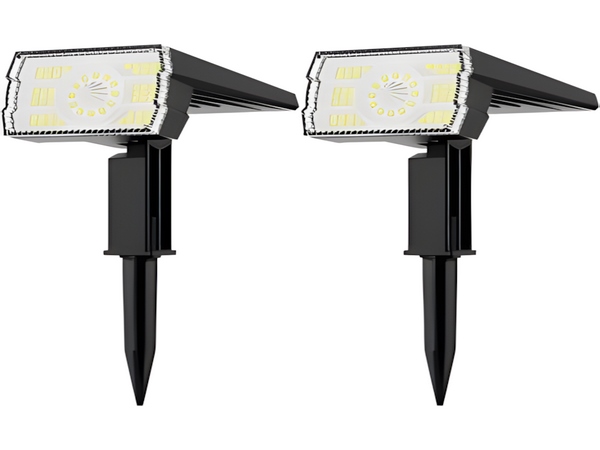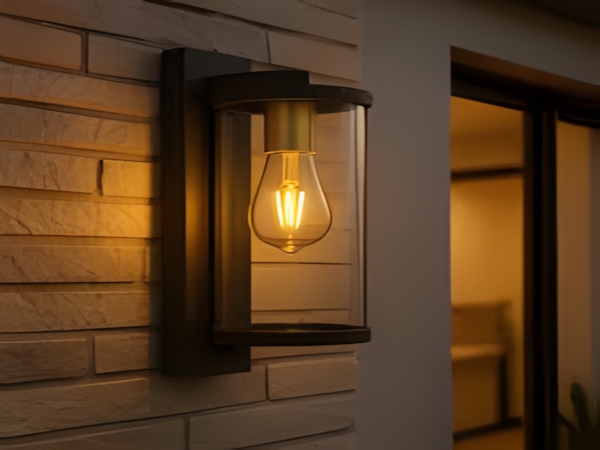
Wind and solar hybrid street lights are an important green energy lighting fixture. With the development of society, the demand for energy has increased. At the same time, environmental pollution caused by the consumption of traditional energy resources has raised people’s awareness of renewable energy. Wind and solar energy, as two widely applied natural resources, have complementary characteristics in terms of resource conditions and lighting applications, making them two promising new energy sources. When meeting the same load requirements, a well-designed wind and solar hybrid power generation system has advantages such as stable power supply quality, no environmental pollution, and low electricity costs.
Due to the constantly changing wind speed and solar intensity, it is challenging for new energy generation devices to generate electricity under fixed parameters, and at times, the power generation efficiency can be extremely low. Hence, it is necessary to design a targeted new energy power generation controller. This controller can dynamically adjust system parameters in real-time during the power generation process according to changes in wind speed, wind direction, and sunlight intensity, achieving effective management of the charging and discharging of new energy generation devices and batteries, improving the power supply quality of new energy projects to meet normal operational standards.
The design and implementation method of the wind and solar hybrid new energy power generation system involves a controller that collects the charging current from the wind turbine and photovoltaic batteries, along with the battery voltage and load conditions. After rapid calculation and processing, it generates control signals to manage the power-switching devices in the circuit, adjusting the charging conditions of wind and solar energy in real-time, thereby effectively utilizing both energy sources.
Overall Design of the Wind and Solar Hybrid New Energy Power Generation System
The wind and solar hybrid power generation system consists of a wind turbine, hybrid controller, battery pack, photovoltaic cells, an inverter, and electrical loads.
The system control principle is as follows: Solar energy is converted into direct current through photovoltaic cells, and this direct current charges the batteries through power-switching devices. The electricity generated by the wind turbine and solar array can be controlled by triggering the corresponding power-switching devices with PWM signals issued by a microcontroller.
The charging voltage and current of the batteries are detected by relevant sensors and sent to the microcontroller after A/D conversion. The microcontroller controls the charging and discharging of the batteries according to the control process and related parameters, preventing overcharging and ensuring the safety of other devices.

Hardware Control Circuit Design

This control system uses the PIC16F877A chip as the core controller, along with power modules, driving modules, unloading modules, among others. The system features a compact structure, flexible configuration, good scalability, strong portability, and robust anti-interference capabilities. The solar hybrid street light system charges the batteries using a combination of wind and solar energy. The positive and negative poles of the solar battery are connected to SP and SN, respectively, for battery charging. The three-phase output of the wind turbine connects to U, V, and W, charging the batteries after rectification. PWM chopping control over the switching tube manages the charging of the solar battery. This illustrates how the power generation system lights up each eco-friendly street light after overcoming various challenges.



